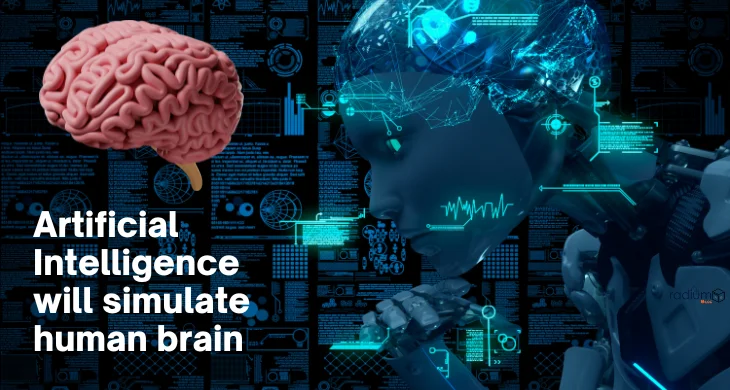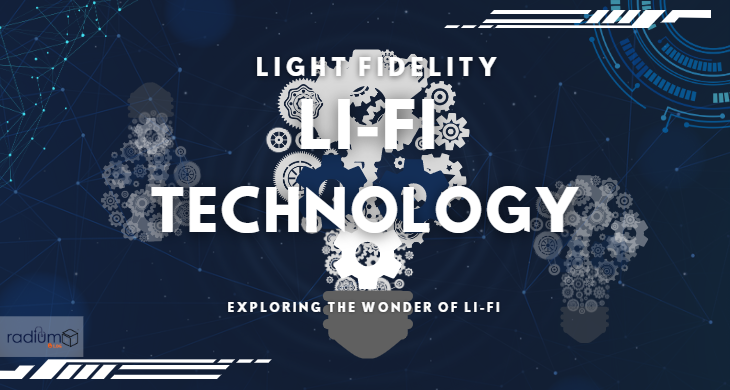Artificial Intelligence (AI) has made remarkable strides in mimicking human cognitive functions. One of the most ambitious goals in AI research is to simulate the intricate workings of the human brain. This pursuit holds the promise of transforming various industries and enhancing our understanding of both AI and human cognition.
Understanding the Human Brain
The human brain, an extraordinary masterpiece of nature, stands as a pinnacle of complexity and ingenuity. Comprising an intricate network of neurons and synapses, it serves as the epicenter of human cognition, orchestrating a symphony of functions that range from basic reflexes to profound intellectual contemplations. Delving into the intricate world of the human brain and its significance unveils a realm of wonders and challenges that continue to captivate scientists, researchers, and enthusiasts alike. At its core, the human brain is an extraordinary organ with an estimated 86 billion neurons intricately interconnected by trillions of synapses. This neural architecture forms the basis for a plethora of cognitive functions that define human existence. Learning, memory consolidation, perception, decision-making, emotions, and creativity are just a few of the remarkable abilities orchestrated by this complex neural network.
Mimicking Neuronal Connections
In the realm of artificial intelligence (AI), one of the most captivating endeavors is the replication of the human brain’s intricate network of connections. This ambitious pursuit has given rise to a groundbreaking concept: artificial neural networks. These networks, inspired by the brain’s neurons, are revolutionizing the way machines learn, adapt, and perform tasks, propelling us into an era of unprecedented technological advancements.Artificial neural networks (ANNs) stand as a testament to the human pursuit of unlocking nature’s secrets. Drawing inspiration from the brain’s neural architecture, ANNs are constructed with layers of interconnected nodes, akin to the neurons and synapses that form the foundation of the human brain. Each node, or artificial neuron, processes information and transmits signals to other nodes, creating a complex web of connections that mirrors the brain’s intricate neural pathways.
Neuromorphic Computing
Neuromorphic computing is a cutting-edge approach that emulates brain-like computation. By designing hardware architectures inspired by the brain’s structure, researchers aim to achieve faster and more energy-efficient AI systems. These systems could potentially excel in tasks requiring pattern recognition and complex computations.
Cognitive Computing
Cognitive computing aims to imbue AI systems with human-like reasoning abilities. IBM’s Watson, for instance, demonstrates cognitive capabilities by processing vast amounts of data to generate insights, similar to how the human brain processes information.
Challenges and Ethical Considerations
While simulating the human brain in AI holds immense potential, challenges abound. Understanding the brain’s complexity, ensuring ethical use of AI, and addressing concerns about the potential for AI surpassing human capabilities are among the critical considerations.
Future Implications
The successful simulation of the human brain in AI could revolutionize fields such as healthcare, education, and robotics. It may enable personalized medical treatments, advanced tutoring systems, and more intuitive human-machine interactions.
FAQS:
Ques: What is AI simulating the human brain?
Ans: AI simulating the human brain refers to the endeavor of creating artificial intelligence systems that replicate the intricate functions and capabilities of the human brain.
Ques: Why is simulating the human brain in AI important?
Ans: Simulating the human brain in AI can lead to advancements in understanding cognition, learning, and decision-making, potentially revolutionizing fields like healthcare, robotics, and problem-solving.
Ques: How does AI simulate the human brain?
Ans: AI simulates the human brain through neural networks, complex algorithms, and deep learning techniques, modeling the interconnected neurons and synapses to mimic brain-like processing.
Ques: What are the challenges of simulating the human brain in AI?
Ans: Challenges include the immense complexity of the brain, limitations in computational power, and the current lack of understanding of certain brain functions and mechanisms.
Ques: What are the potential applications of AI simulating the human brain?
Ans: Applications include improved AI learning, medical diagnoses, drug discovery, human-computer interaction, and advancements in cognitive computing.
Ques: Can AI truly replicate human consciousness?
Ans: Currently, AI cannot fully replicate human consciousness as consciousness involves various philosophical, ethical, and existential aspects beyond computational capabilities.
Conclusion
The pursuit of simulating the human brain in AI is a testament to human curiosity and innovation. While the complete replication of the brain’s complexity remains a distant goal, each step forward in AI brings us closer to unlocking the potential of this remarkable technology. As researchers continue to bridge the gap between AI and human cognition, we stand on the cusp of an era of unprecedented advancements.




